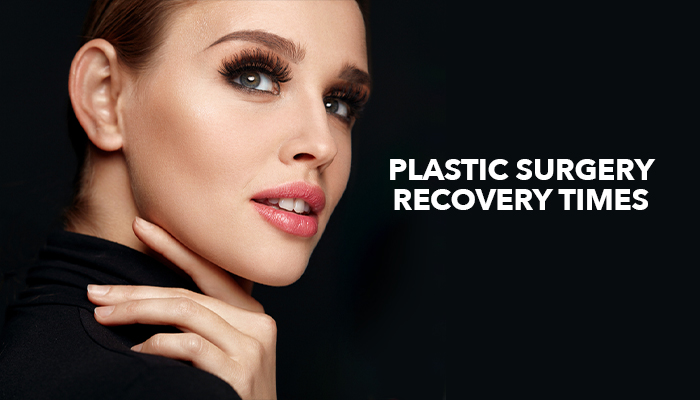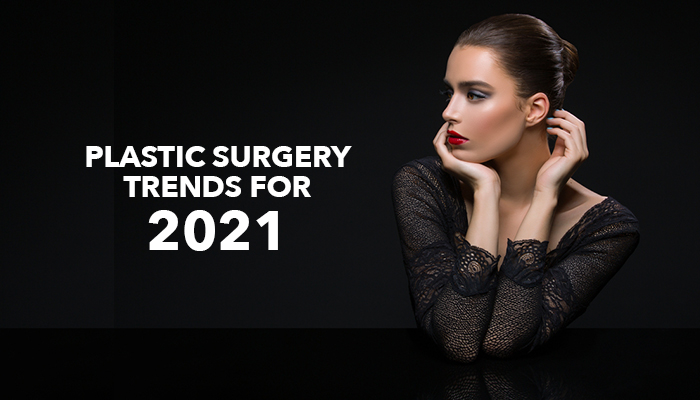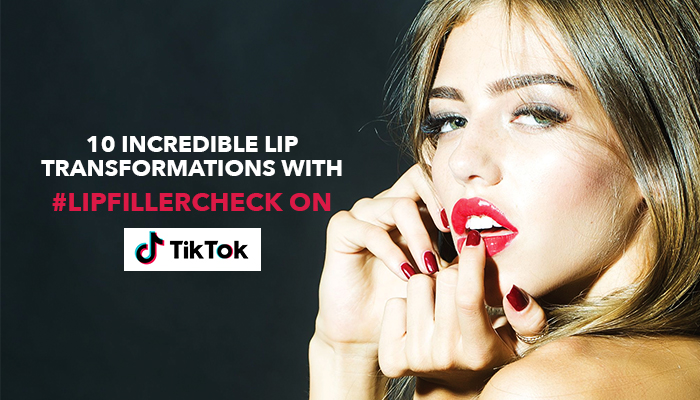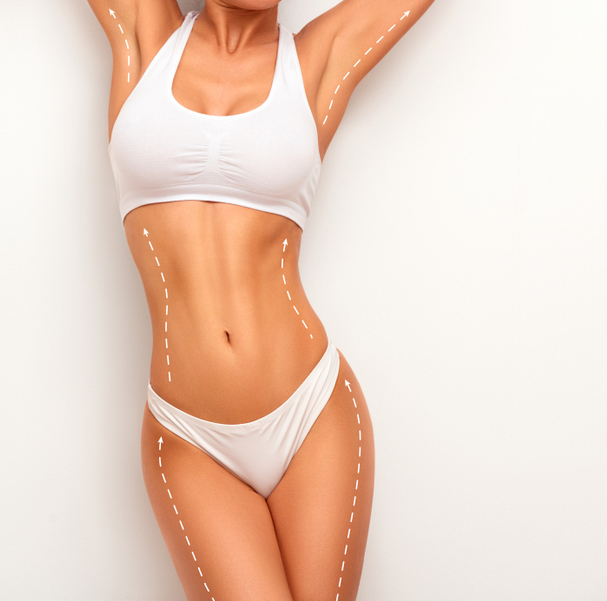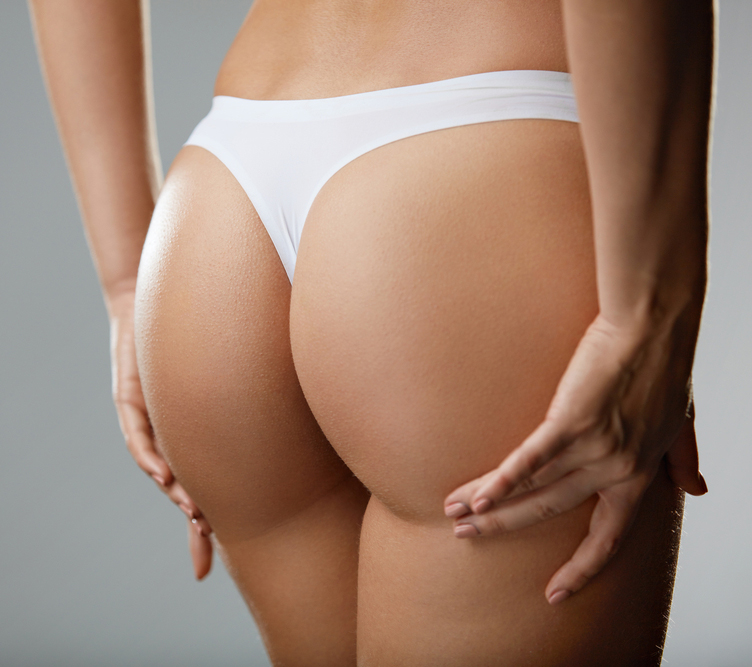
What’s Right For Me: Botox or Juvederm?
Many women (and men!) of a certain age turn to the magical powers of Botox or fillers like Juvederm to freeze time and skin in place. Botox and Juvederm are extremely helpful to slow the appearance of aging, including fine lines and minor wrinkles. It is important to understand the difference between the two, in order to choose a product that will deliver the results that align your personal beauty goals.
Let’s first discuss the similarities between Botox and Juvederm. Both products are administered in a medical office setting, typically in under 30 minutes – perfect for a lunch break treat. You can see results from both products fairly quickly. Botox and Juvederm are relatively safe products, with little to no harmful reaction aside from some redness and swelling at the time and point of injection. Both products are long-lasting, with Botox lasting up to six months and Juvederm lasting up to one year though results are different for each individual. As can be expected with many cosmetic treatments, re-application or re-administration is typical once results diminish.
In reality, however, Botox and Juvederm are two very different products. Botox, referred to as onabotulinumtoxinA in the medical world, is actually a neurotoxin. Botox essentially freezes muscles in place in order to restrict muscle contractions and movements that produce wrinkles and fine lines. The end result is a temporarily smoother and younger appearance and is most noticeable when the patient makes animated facial expressions that no longer result in wrinkling. Botox injections are typically focused on the following: “crow’s feet” (the fine lines and wrinkles radiating outward from the corners of each eye), frown lines, forehead lines, and under-eye lines, among others. It is helpful to think of Botox as a product used typically for the upper part of the face. Another benefit of Botox is that it can be used as a preventative tool, stopping new wrinkles from forming or preventing current wrinkles from deepening.
Juvederm is a dermal filler, as opposed to a neurotoxin, with the intent of filling and plumping the face in areas where volume has decreased. A decrease in facial volume is typically due to the natural aging process, where fine lines deepen and wrinkles form and intensify. A filler is meant to correct these areas using a substance that is currently already present in your body, hyaluronic acid. The end result is a temporarily fuller, plumper, and more youthful appearance, and is most noticeable when the patient’s face is at rest and the fuller areas of the once-lackluster face are noticeable. Juvederm injections are typically focused on the following: sunken cheeks, superficial lines, thin lips, and nasolabial folds (the folds on either side of your smile radiating down from your nose), among others. It is helpful to think of Juvederm as a product used typically for the middle to lower part of the face.
Another aspect to consider is the financial investment you’ll be making in your skin. One vial of Juvederm can cost upwards of $500, and it’s typical to use one to two vials to treat one area. One facial area requiring Botox can cost upwards of $250. Keep this in mind if you’re considering multiple injection sites. For both Botox and Juvederm, you’ll likely want to maintain the results, which means you’ll be enduring the cost of the procedures roughly every six months for Botox and roughly every year for Juvederm. Prices may vary depending on your medical provider’s location, injection site, and severity of the lines and wrinkles being corrected (some lines require more solution to correct than others).
For many men and women, however, the small up-front cost of preventative maintenance like Botox and the immediate correction that Juvederm provides is a small sacrifice compared to the significant cost of a major cosmetic or surgical procedure. Further, most people prefer the fact that they can retain their natural beauty while performing a concentrated treatment on their “problem areas.” The use of Botox and Juvederm is more of a supplemental procedure as opposed to major operations such as facelifts, cheek and jaw restructuring, deep chemical peels, etc. The benefits of Botox and Juvederm far outweigh the financial costs for many men and women.
It is interesting to note that, aside from cosmetic purposes, Botox has been used to treat a number of other medical conditions. Juvederm, on the other hand, is strictly used for cosmetic purposes. According to the Mayo Clinic, Botox is also used to treat neck spasms, overactive bladder, and even addresses some causes of crossed eyes. The Mayo Clinic also notes that Botox may be a viable solution for people who experience migraines more than 15 days per month, a condition known as chronic migraines. Botox injections may be used under the arms for people who experience hyperhidrosis, or excessive sweating. The Mayo Clinic states that some neurological conditions can cause muscle contractures, sometimes painful; in some instances, Botox may be used to relax the contracted muscles and lessen the symptoms associated with such conditions. The same logic applies to people with cervical dystonia, which causes painful and involuntary movements or contractions of the neck and head.
Given the vast differences between Botox and Juvederm, it is important to understand your personal beauty goals before choosing what is right for you. If preventative maintenance is important to you, Juvederm won’t do much in the way of preventing new wrinkles from forming. If, on the other hand, you want long-lasting results to correct minor impurities in your skin, Juvederm may be a great solution. If you’re experiencing deeper wrinkles around your brows and forehead, consider Botox as a long-lasting solution that also prevents future wrinkles. In any case, be realistic with your expectations so that you can make the most of the product you choose. Botox and Juvederm have experienced tremendous success on the market and have become common among many young and middle-aged men and women. Regardless, be sure to understand the medical risks associated with these and any other cosmetic treatment.
Dr. Amjadi MD, DDS, FACS
Certified by the American Board of Plastic Surgeons
915 Gessner Rd #870
Houston, TX 77024
713-465-6198

